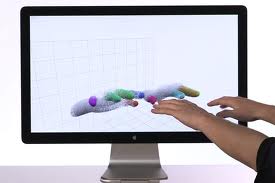More driver details:
OpenNI or freenect can be used with the Xtion and the XBox Kinect.
The "Kinect for Windows" requires the Microsoft SDK and drivers. However, there is also a bridge to go from the MSSDK drivers to OpenNI: http://code.google.com/p/kinect-mssdk-openni-bridge/
Also, the latest version of the Kinect for Windows (>=1.5) has a near mode that allows for better operation close to the device, this may be of use depending on the application. I do not believe the Xtion has this mode.
The XBox Kinect and Kinect for Windows appear to have different USB interfaces, so you have to use the right set of drivers depending on which one you have.


